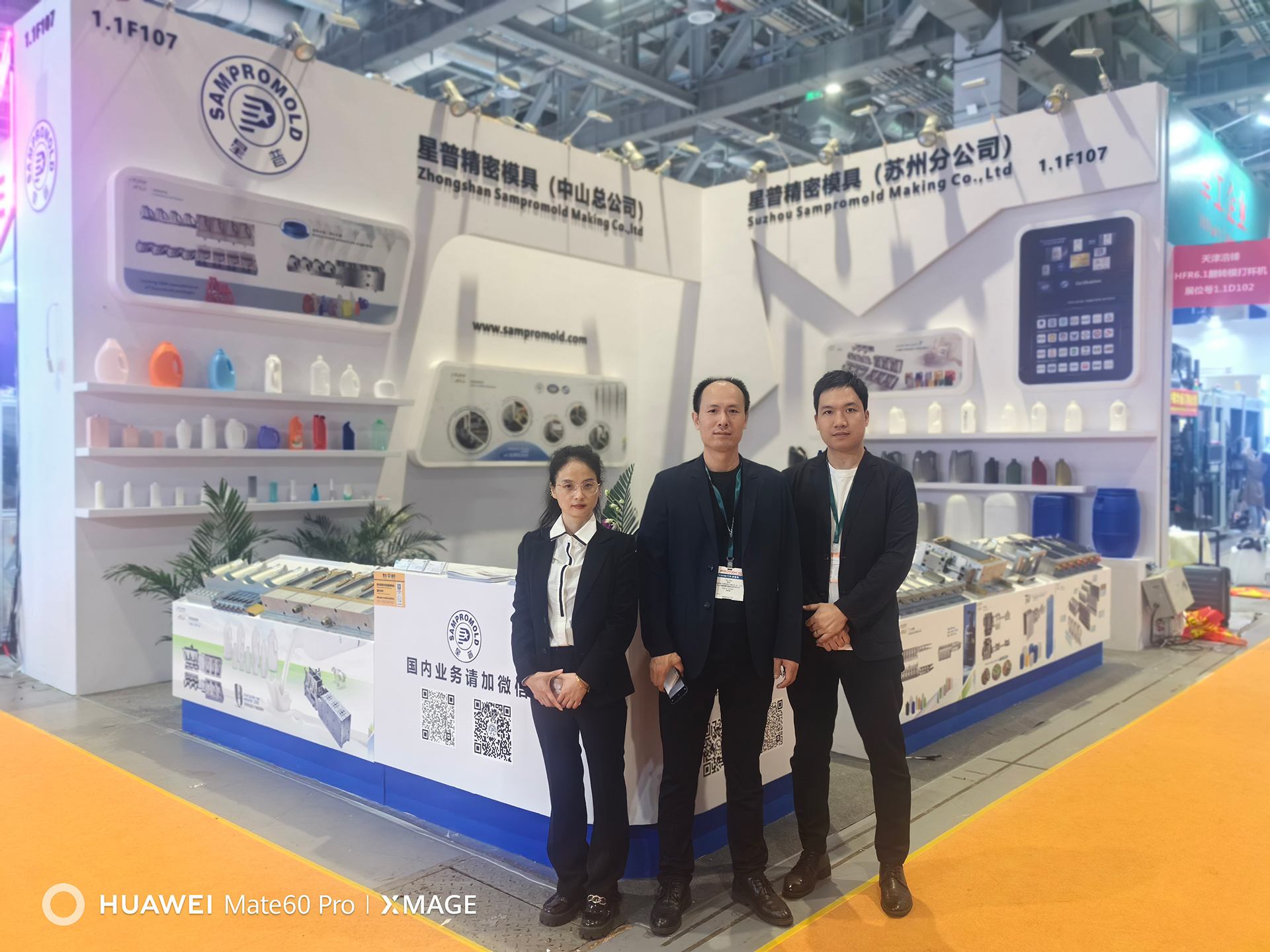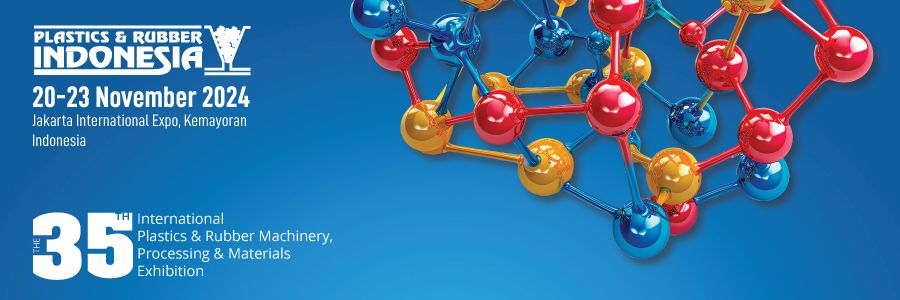Exploring the Benefits of Durable ABS Injection Molds in Manufacturing
Time:
2025-03-09
In the ever-evolving landscape of manufacturing, selecting the right materials for mold production is crucial. Among various options available, **Acrylonitrile Butadiene Styrene (ABS)** has emerged as a **preferred choice** for injection molding processes. ABS injection molds not only offer **durability** but also enhance the overall efficiency of manufacturing operations. This article aims to explore the myriad benefits of using durable ABS injection molds, providing insights into why they are a favored option among manufacturers across diverse sectors.
What is ABS and Why is it Used in Molding?
**Acrylonitrile Butadiene Styrene (ABS)** is a thermoplastic polymer known for its strong and resilient properties. It is a blend of three components:
- **Acrylonitrile**: Provides chemical resistance and thermal stability.
- **Butadiene**: Adds toughness and impact resistance.
- **Styrene**: Offers flexibility and ease of processing.
These unique characteristics make ABS an ideal candidate for injection molding, as it can withstand varying temperatures and stresses typically encountered in manufacturing processes.
Advantages of Using Durable ABS Injection Molds
1. Enhanced Durability
One of the primary benefits of ABS injection molds is their **exceptional durability**. They are resistant to impact and can endure rigorous use without significant wear and tear. This resilience not only extends the lifespan of the molds but also reduces the frequency of replacements, ultimately leading to cost savings for manufacturers.
2. Cost-Effectiveness in Production
Investing in ABS injection molds can prove to be highly **cost-effective**. The materials used in ABS molds are relatively affordable, and the efficiency of the injection molding process allows for high-volume production with minimal waste. Consequently, manufacturers can achieve significant savings, making ABS molds an economically viable choice.
3. High Precision and Tolerance
ABS injection molds are renowned for their **high precision and tight tolerances**. This characteristic is vital in industries where exact specifications are crucial, such as in the automotive and electronics sectors. With ABS molds, manufacturers can produce intricate designs with remarkable accuracy, ensuring that each product meets the required standards.
4. Versatile Applications
The versatility of ABS injection molds is another compelling advantage. They can be used across various industries, including:
- **Automotive**: For producing interior and exterior components.
- **Consumer Goods**: Such as toys, household items, and appliances.
- **Electronics**: For casings and components that require durability and precision.
The adaptability of ABS molds allows manufacturers to cater to a wide array of applications, making them a preferred choice in the market.
5. Environmentally Friendly Options
In today’s manufacturing landscape, sustainability is a growing concern. **ABS materials** can be recycled, promoting a circular economy. Manufacturers can implement eco-friendly practices by using recycled ABS in their molds, thus reducing their environmental footprint while maintaining the quality of their products.
Comparing ABS Injection Molds with Other Materials
When evaluating materials for injection molding, it’s essential to compare ABS with other commonly used options such as polypropylene (PP) and polycarbonate (PC).
**Durability**: While both PC and ABS offer durability, ABS is generally more impact-resistant, making it suitable for applications requiring toughness.
**Cost**: ABS is typically more affordable than polycarbonate, which can lead to lower production costs for manufacturers.
**Processing Ease**: ABS has a lower melting point than polycarbonate, making it easier to mold and process, resulting in shorter production cycles.
These comparisons highlight why **ABS injection molds** stand out in the manufacturing industry.
Key Applications of ABS Injection Molds in Various Industries
ABS injection molds find applications in numerous sectors. Here are some notable examples:
- **Automotive Industry**: ABS is widely used for producing components such as dashboard panels, trim parts, and housings for electronic devices. The material's sturdiness and aesthetic quality make it ideal for automotive applications.
- **Consumer Electronics**: In the electronics sector, ABS molds are used to manufacture casings for gadgets like smartphones, laptops, and home appliances, where durability and design are paramount.
- **Medical Devices**: ABS's resistance to impact and chemicals makes it suitable for medical applications, such as producing housings for diagnostic equipment and tools.
- **Toys and Leisure Products**: The toy industry benefits from ABS molds due to their bright colors and ability to withstand rough handling, making them perfect for durable play items.
These applications underscore the versatility and reliability of ABS injection molds across various sectors.
The Manufacturing Process of ABS Injection Molds
The manufacturing process of ABS injection molds typically involves several key steps:
1. **Design and Prototyping**: Initially, a digital prototype of the mold is created using CAD software, allowing for precise design specifications and modifications.
2. **Mold Fabrication**: Once the design is finalized, the actual mold is fabricated using CNC machining techniques, ensuring high precision.
3. **Injection Molding**: The ABS material is heated until it melts and is then injected into the mold cavity under high pressure. This step is crucial for achieving the desired shape and details.
4. **Cooling and Ejection**: After the material has cooled and solidified, the mold opens, and the finished part is ejected.
5. **Finishing Touches**: Additional processes such as trimming and surface finishing may be conducted to enhance the final product’s quality.
This step-by-step approach ensures that ABS injection molds are produced to the highest standards.
Maintenance Tips for Long-Lasting ABS Molds
To maximize the lifespan and efficiency of ABS injection molds, proper maintenance is essential. Here are some tips:
- **Regular Cleaning**: Keep molds clean from residue and contaminants that can affect the quality of the parts produced. Use appropriate cleaning agents to prevent damage to the surface.
- **Lubrication**: Regularly lubricate moving parts to reduce wear and tear, ensuring smooth operation.
- **Inspection**: Conduct routine inspections to identify any signs of wear or damage early, allowing for timely repairs and minimizing downtime.
- **Storage**: When not in use, store molds in a clean, dry environment to prevent corrosion and contamination.
Implementing these maintenance practices can significantly extend the life of ABS injection molds.
Conclusion: The Future of ABS Injection Molds in Manufacturing
In conclusion, **ABS injection molds** present a multitude of benefits that enhance manufacturing processes. Their durability, cost-effectiveness, precision, versatility, and eco-friendliness position them as a leading choice for manufacturers across various industries. As technology advances and the demand for sustainable practices increases, the role of ABS injection molds will only become more significant in the manufacturing landscape.
RELATED NEWS













